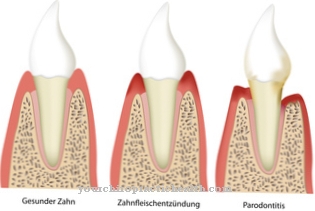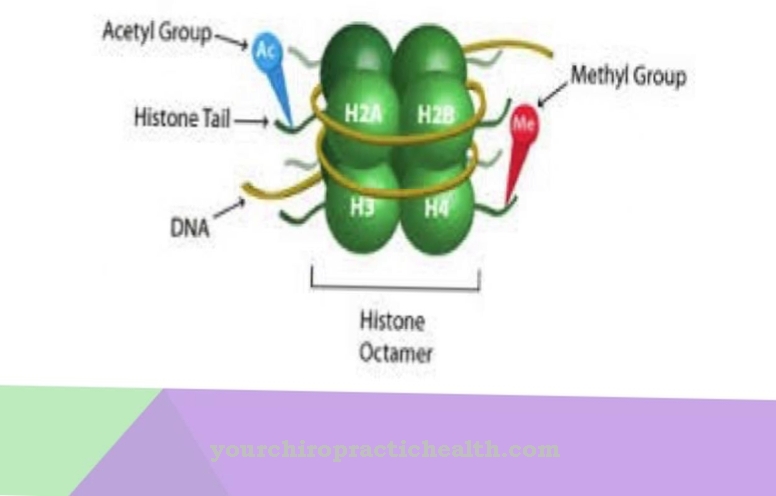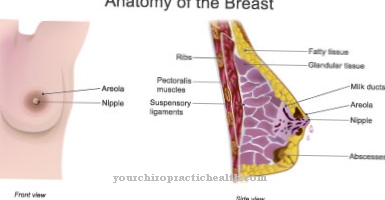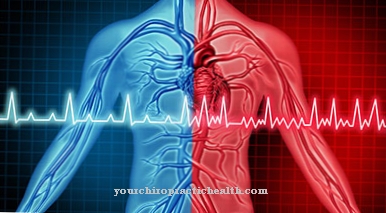At Wolman's disease it is a lysosomal storage disease that is inherited in an autosomal recessive way. In the disease there is a loss of the activity of the so-called lysosomal acid lipase. Wolman's disease is relatively rare.
What is Wolman's Disease?

© hywards - stock.adobe.com
Wolman's disease is a genetic disease in which there is a defect in the enzyme of lysosomal acid lipase. The enzyme is necessary to be able to metabolize specific lipids in the body. As a result, metabolism is impaired. Wolman's disease is always inherited as an autosomal recessive trait.
The gene encoded for acid lipase is located on chromosome number 10. The lipid storage disease (medical name xanthomatosis) in the context of Wolman's disease is characterized by calcification of the adrenal glands, which in most cases already begins in the first days of life.
causes
The main cause of Wolman's disease is found exclusively in inheritance of a genetic defect. The disease is based on a complete loss of the function of the lipase, caused by mutations in the so-called LIPA gene. This enzyme is responsible for the cleavage of lysosomes into cholesterol esters and triacylglycerides, which are absorbed into the corresponding cell in an endocytotic manner in the form of the substance LDL, a special lipoprotein.
Under normal circumstances, cholesterol is formed in free form during this process, which is transported into the so-called cytosol and is responsible for regulating cholesterol synthesis in the endoplasmic reticulum. When Wolman's disease is present, cholesterol esters accumulate in the lumens of the lysosms.
At the same time, the normal course of cholesterol synthesis is disrupted, so that more and more lipoprotein LDL is absorbed. There is an increasing accumulation of the substances cholesterol ester and triacylglycerides, with the result that the cells die in the long term.
Symptoms, ailments & signs
Wolman's disease can cause a number of symptoms of various types. These symptoms are primarily caused by the excessive accumulation of lipids in the body. The symptoms of Wolman's disease are shaped by those of the cholesterol ester storage disease, although there is still a certain residual activity in relation to the lipase.
The symptoms of Wolman's disease show up early and in many cases appear immediately after the patient is born. In Wolman's disease, for example, gastrointestinal complaints in the form of flatulence, swelling in the abdominal area and a bloated abdomen, vomiting and, in addition, pronounced enlargement of the liver and spleen (medical name hepatosplenomegaly) can occur as possible symptoms.
Necrosis can lead to both enlargement and calcification of the adrenal glands. Symptoms such as hypercholesterolemia and hyperlipidemia can also occur. In addition, life-threatening complications can develop, many of which arise in early childhood.
Diagnosis & course of disease
At the first symptoms of Wolman's disease, detailed medical examinations are ordered immediately, in the course of which an exact diagnosis can be made. In most cases, a blood laboratory test is done, which can reveal changes in lipid patterns. Foam cells usually appear.
Another possible instrument for diagnosing Wolman's disease is the liver biopsy. Here, unusually large accumulations of lysosomes in the so-called hepatocytes can be detected, which can provide information about the disease. Wolman's disease can be differentiated from other lysosomal storage diseases by means of enzymatic activity tests and genetic analyzes, in which mutations in the respective genes can be identified.
Diagnostic methods such as examinations using X-rays and sonography can be used as diagnostic equipment to determine the disease Wolman's disease. Wolman's disease usually leads to death within the first year of life.
Complications
The symptoms of Wolman's disease can be very different. For this reason, early treatment is not possible in many cases, as the symptoms and complaints are not characteristic. The patients suffer from flatulence and constipation.
It is not uncommon for this to result in loss of appetite and psychological complaints due to the permanent problems in the stomach area. It is not uncommon for patients to suffer from a bloated stomach and swelling. Furthermore, nausea and vomiting can occur.
The symptoms of Wolman's disease can significantly limit the development of children. Not sailing, children are bullied or teased and can develop psychological complaints as a result. A causal treatment or therapy for this disease is not possible.
The symptoms themselves can be treated symptomatically and limited, whereby there are usually no particular complications. However, the patients are dependent on lifelong therapy, since a completely positive course of the disease usually does not occur. However, Wolman's disease does not reduce the life expectancy of those affected.
When should you go to the doctor?
Wolman's disease usually manifests itself in the first few weeks of life. If it is not found immediately after birth, a doctor should be consulted at the latest when the known symptoms appear. Recurring bulging pain, diarrhea or vomiting in the child must be clarified by a doctor so that there are no complications and any Wolman's disease is detected early. If growth retardation or chronic fever develop, inpatient treatment may also be necessary. The actual therapy must be closely monitored in any case.
Treatment is carried out by the family doctor and various specialists in infectious diseases and internal diseases. If the outcome is positive, the parents of the affected child should also involve a physiotherapist in the treatment. Since Wolman's disease is fatal in most cases, a therapist should be consulted to accompany the medical treatment. In addition, together with the responsible doctor, palliative medical measures must be initiated in order to ensure comprehensive care for the person concerned even in the last phase of life.
Treatment & Therapy
To date, there are no specific treatment methods for treating Wolman's disease. As a rule, therapy is only symptomatic. For example, so-called HMG-CoA reductase inhibitors are administered to the affected patient, or inhibitors of apolipoprotein B synthesis or cholesterol synthesis must be taken.
In recent years, successful enzyme replacement therapies have also been developed within the framework of various clinical programs, which can be used for various lysosomal storage diseases and also in the presence of Wolman's disease. The corresponding enzyme is supplied externally at regular intervals, which can reduce or even reverse the symptoms. The removal of any polyps can also be used as surgical therapy for Wolman's disease.
You can find your medication here
➔ Medicines for painOutlook & forecast
Wolman's disease is a very rare disease that normally leads to the death of the child in the first three to six months of life. Sick children die within the first year of life from the consequences of the disease. The prognosis is accordingly bad. A specific enzyme replacement therapy that can extend life expectancy has been offered in Germany since 2015.
The infusion takes place every two weeks and is therefore a permanent burden for those affected, as there are only a few corresponding specialist clinics that offer the therapy in Germany. However, enzyme replacement therapy can significantly improve the quality of life.
In connection with other treatment measures such as medication for pain treatment and symptomatic therapy for liver problems, sick children can lead a relatively symptom-free life in individual cases. Long-term studies on the course of Wolman's disease do not yet exist due to the rarity of the disease. The specialist doctor responsible makes the final prognosis. The general practitioner or a specialist in genetic diseases is responsible, who makes the prognosis with regard to the individual symptoms and the constitution of the patient.
prevention
Since Wolman's disease is an inherited disease, there are no options for preventive measures. If symptoms and signs that are characteristic of the disease occur, detailed medical examinations of the patient concerned must be carried out immediately. In this way, any presence of Wolman's disease can be diagnosed quickly and treated accordingly.
This can reduce the symptoms of the disease and reduce the likelihood of potentially dangerous complications. In general, however, Wolman's disease is a disease that occurs extremely rarely, the incidence being estimated at around 1: 700,000.
Aftercare
With Wolman's disease, in most cases only very few and usually only very limited follow-up measures are available to those affected. It is a congenital disease that cannot be completely cured. Therefore, the person affected should consult a doctor at an early stage in order to prevent further complications and complaints from occurring.
Self-healing cannot take place. If you want to have children, a medical examination should be carried out for Wolman's disease to prevent the disease from recurring. Those affected with Wolman's disease are usually dependent on the intake of various medications, which can permanently alleviate and limit the symptoms.
You should always pay attention to the correct dosage and regular intake to alleviate the symptoms. Regular checks and examinations by a doctor are also very important in order to identify and treat further damage at an early stage. Because of the illness, many patients are also dependent on the support of their own family, although psychological support is not infrequently necessary. Usually Wolman's disease does not reduce the life expectancy of the person affected.
You can do that yourself
Treatment of symptoms associated with Wolman's disease is either symptomatic or with enzyme replacement therapy. To date, however, the proven effectiveness of these treatments has been controversial.
In the case of the disease, which already manifests itself in the first days of life, it is hardly possible for parents to provide self-help apart from medical applications. As a supportive measure, one can only try to adapt the food given to the children as best as possible to their serious health condition. For example, a low-cholesterol diet combined with cholestyramine can help alleviate the consequences of Wolman's disease.
The emotional and physical presence can have a positive effect on the patient's quality of life. As the parents are not given any other means of remedying their children, the focus should be on providing psychological support for them. Even newborns have a very keen sense for changes in their parents' behavior. An emotionally stable environment as possible can help the children to experience a time of security despite the consequences of the illness. It is important that parents and relatives do not shy away from accepting help in looking after the child.

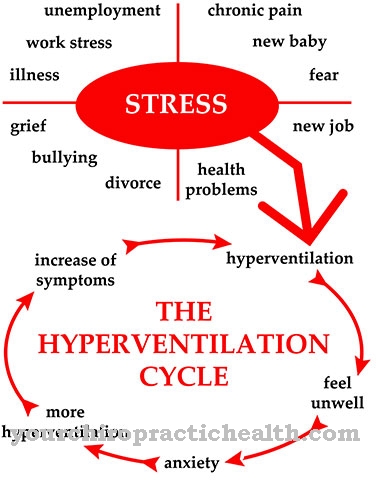
.jpg)
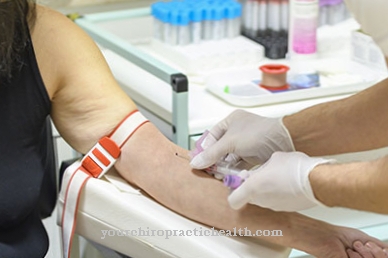
.jpg)

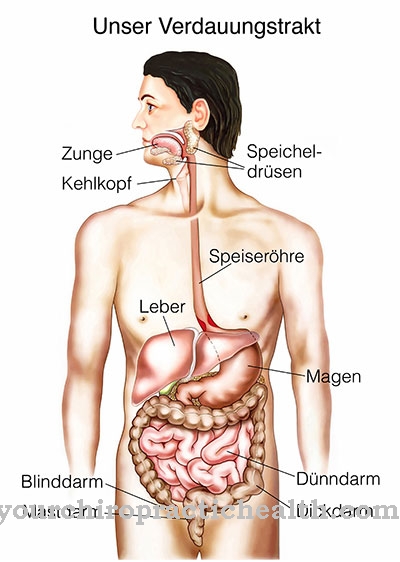

.jpg)


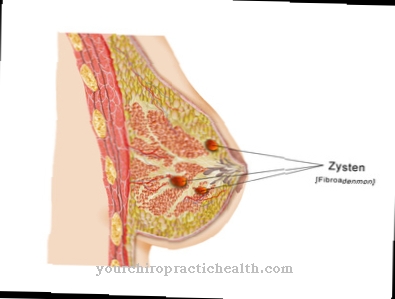



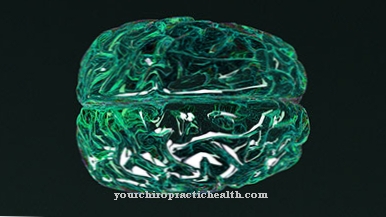
.jpg)



.jpg)
